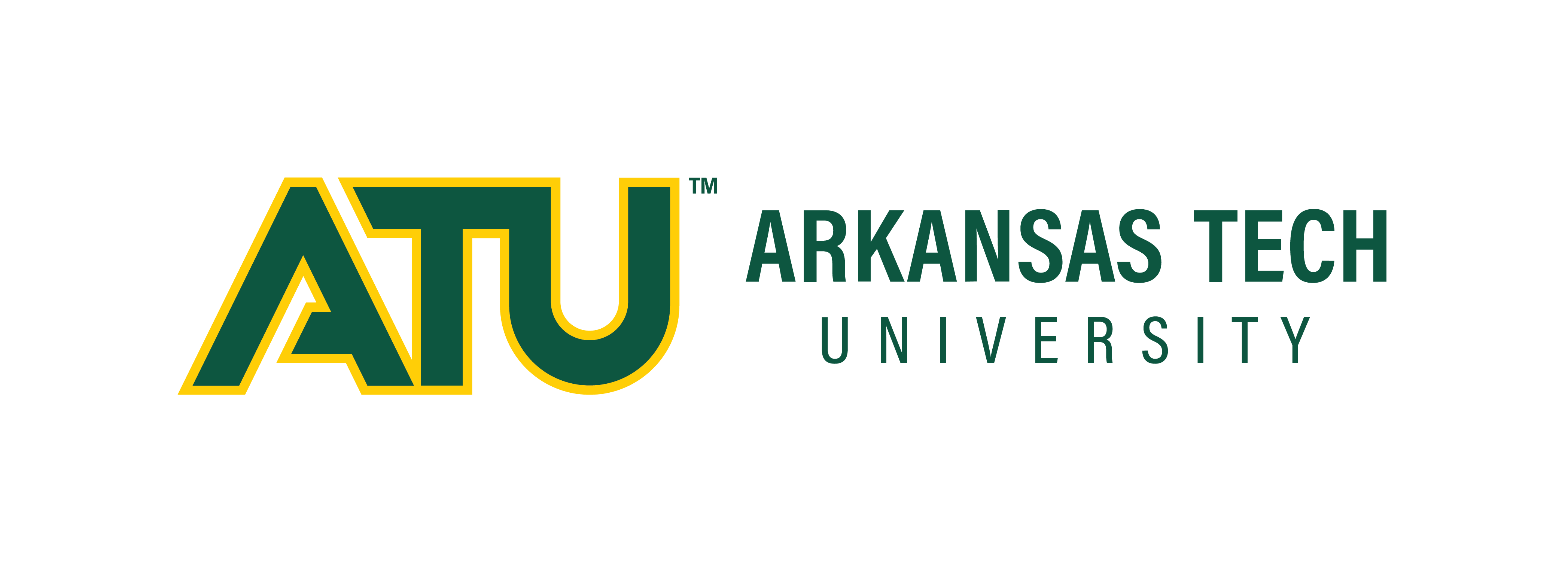Program Type
Honors
Faculty Advisor
Dr. Kelly Jones
Document Type
Poster
Location
Face-to-face
Start Date
25-4-2023 2:45 PM
Abstract
This scholarly presentation and research paper focuses on the 1921 Tulsa Race Massacre, specifically the ways in which the media progressed and intensified the events the Greenwood community faced. A vibrant community filled with opportunity and promise, Greenwood welcomed any African American who accepted its warm embrace. Ransacked and burned to the ground within two days, Greenwood residents were forced to reckon with the destruction. Greenwood became unrecognizable. Properties and possessions that had taken people many years to acquire were gone within a matter of hours. The framing put forth by the Tulsa Tribune provoked much of the white public and encouraged the destruction of Greenwood in its entirety. Some whites did pity the inhabitants of Greenwood, whereas other mocked the fallen community. The Tulsa Massacre shows how certain narratives can be crafted to inflict unnecessary violence on individuals or societies. Public recollection of the destruction and its aftermath almost disappeared entirely. Individual recollection, however, did not. Survivors feared sharing their stories. Repercussions on those who lived through the massacre extended beyond the loss of their homes and businesses; it bore trauma that would be transferred among future generations. Though this trauma was not well understood for many years, it shaped the way in which these other generations viewed race, the world, and Tulsa specifically. Over 100 years later, the question of how reparations can be made to the victims of the massacre and their families remains. Reparations will never be able to fully account for the trauma, devastation, and loss the massacre caused for the members of the Greenwood community. However, framing the story to discredit the misconceptions of the events and apportion blame where it is due is a step in the right direction. Historical justice will only be met if knowledge of the massacre continues to integrate itself within our society in the years to come.
Recommended Citation
Wheeler, Maclain M., "The Media Intervenes: Tulsa's 1921 Massacre and the Destruction of the Greenwood District" (2023). ATU Research Symposium. 30.
https://orc.library.atu.edu/atu_rs/2023/2023/30
The Media Intervenes: Tulsa's 1921 Massacre and the Destruction of the Greenwood District
Face-to-face
This scholarly presentation and research paper focuses on the 1921 Tulsa Race Massacre, specifically the ways in which the media progressed and intensified the events the Greenwood community faced. A vibrant community filled with opportunity and promise, Greenwood welcomed any African American who accepted its warm embrace. Ransacked and burned to the ground within two days, Greenwood residents were forced to reckon with the destruction. Greenwood became unrecognizable. Properties and possessions that had taken people many years to acquire were gone within a matter of hours. The framing put forth by the Tulsa Tribune provoked much of the white public and encouraged the destruction of Greenwood in its entirety. Some whites did pity the inhabitants of Greenwood, whereas other mocked the fallen community. The Tulsa Massacre shows how certain narratives can be crafted to inflict unnecessary violence on individuals or societies. Public recollection of the destruction and its aftermath almost disappeared entirely. Individual recollection, however, did not. Survivors feared sharing their stories. Repercussions on those who lived through the massacre extended beyond the loss of their homes and businesses; it bore trauma that would be transferred among future generations. Though this trauma was not well understood for many years, it shaped the way in which these other generations viewed race, the world, and Tulsa specifically. Over 100 years later, the question of how reparations can be made to the victims of the massacre and their families remains. Reparations will never be able to fully account for the trauma, devastation, and loss the massacre caused for the members of the Greenwood community. However, framing the story to discredit the misconceptions of the events and apportion blame where it is due is a step in the right direction. Historical justice will only be met if knowledge of the massacre continues to integrate itself within our society in the years to come.


